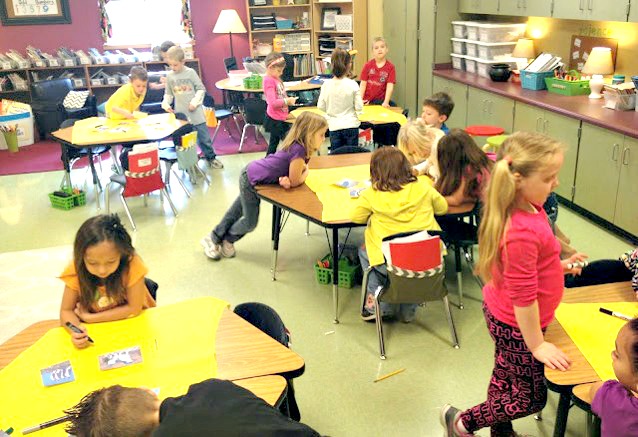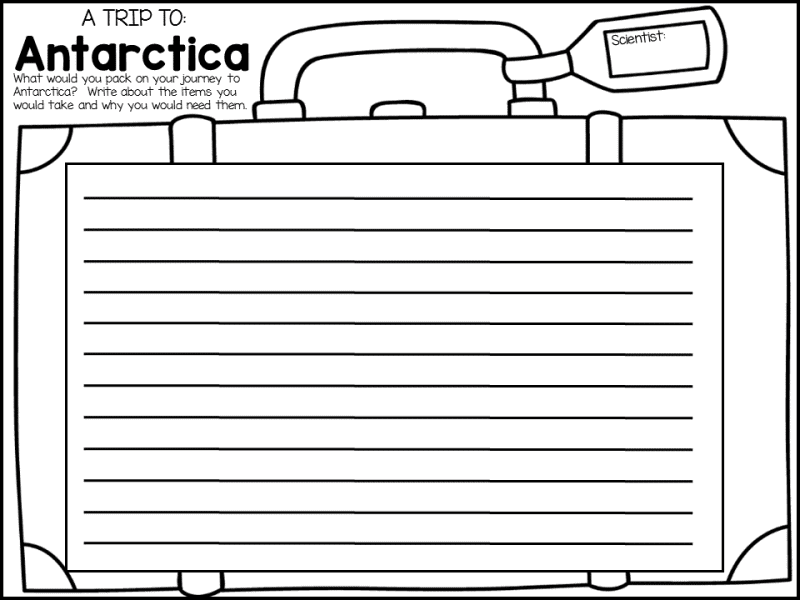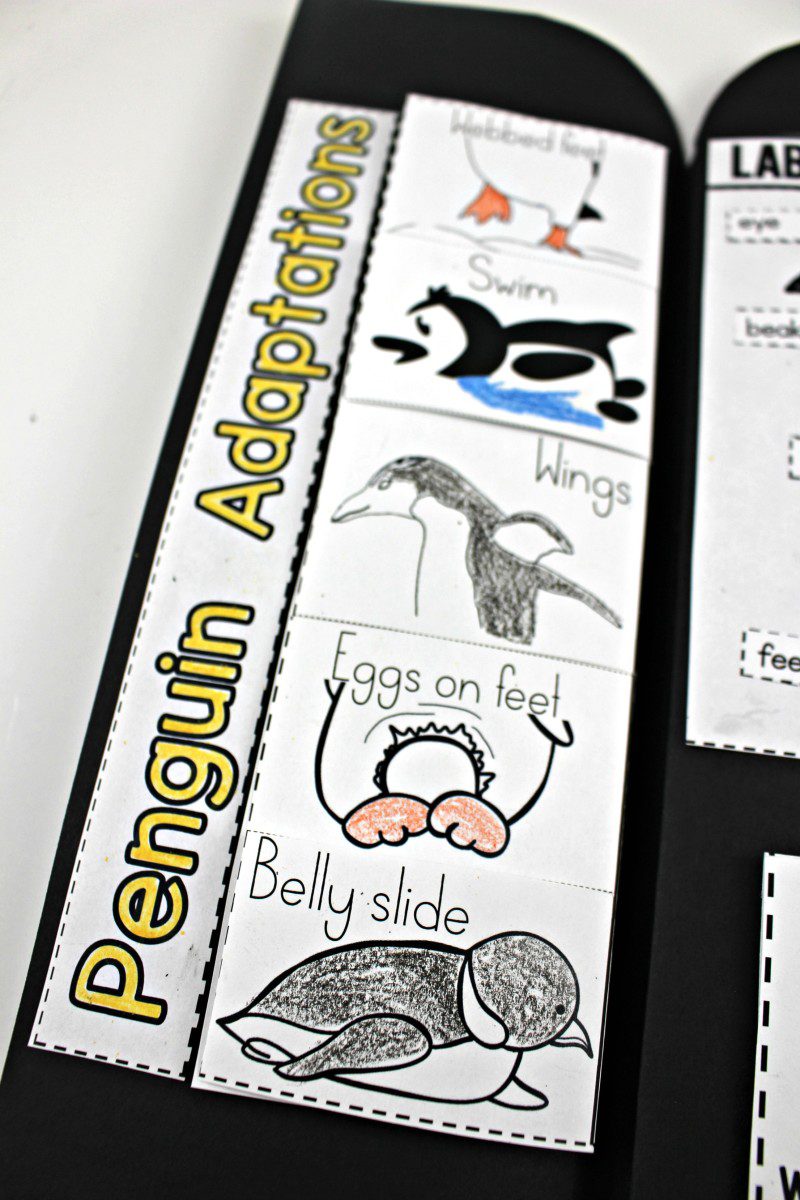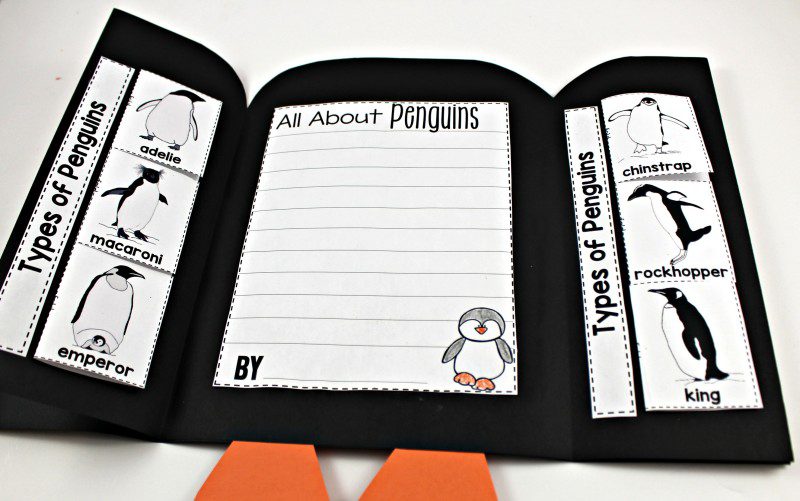Penguin Interactive Science


Penguin Science
If you’ve been with me for the last two years, I have been creating science and social studies interactive books. These help teach those standards while providing a cross curricular structure and routine! …Plus they are so cute!! The latest and most adorable yet, The penguin science book! If you don’t have the time for a penguin book, no big deal, the activities fit right into a science notebook!

Studying penguins in January has been a long time favorite. When all the standards changed a few years ago, I really didn’t want to have to give up teaching this subject. It was then that I realized just how many standards you can power pack into the topic of penguins! Every subject area is covered!
Here’s a blast from the past! We begin our penguin studies by doing a museum walk with penguin pictures.

To learn more about museum walks you can read this post.
Then it is time to pack our bag for Antarctica! We generate a list of items that we will surely need and write them in our suitcase. For this, I am the scribe and they are the idea generators. For each item I have the students share why it would be useful. There’s no wrong answer as long as they can back it up with a good explanation! You can extend this idea by having students go back and pack their own suitcase for Antarctica!
To get these suitcases for your own writing mini-lesson, just click here! They are free. They include a draw and label suitcase, make a list suitcase (not shown), and a sentence writing suitcase!
From this point forward we immerse ourselves in the science of penguins! It takes about two weeks to complete all of the activities in this interactive science notebook if you allow for 30-40 minutes per day.
To help students truly understand how cold it is in the Southern Ocean in Antarctica you can create it in the classroom!
Gather a large clear tub and some Antarctic friends. Walrus shouldn’t be there my apologies!
Use a large thermometer and keep adding ice to your water until you reach the desired temperature.
(hint- in order for you to get the temp this low, you need very little water and a lot of ice. Give it time to sit)
Next, you can also do the blubber experiment! Take a gallon sized baggie and fill it with Crisco. Next, place a clean gallon sized baggie inside of the Crisco and make a space for students to put their hands inside. Allow students to put one hand in the Southern Ocean and one hand in the penguin blubber in order to feel the difference.
I enjoyed creating a large graphic organizer that helped us remember and record important information on the penguins we were studying. These aren’t necessary to do, but they make a great visual and help students organize their thinking and new knowledge.
This is a culminating activity where students must create a life size model of one penguin as a group and then write the key features. They then compare it to another group’s penguin and together create a large graphic organizer.
To grab the penguin book click here

 Contact Us
Contact Us























Great activities! I can’t wait to get back and use this unit.
Love the penguin!
Love finding your blog post on penguins tonight! I’ve been teaching junior high science as a long-term substitute position and just got the okay from administration this morning to start a collaboration with the 1st graders who are currently doing a huge penguin unit!!! Time-wise, what works best for her matches with my 8th grade science class so we will start in 2 weeks! This will be a wonderful experience for them to build essential skills. Thanks for your post and the freebies of the suitcase!